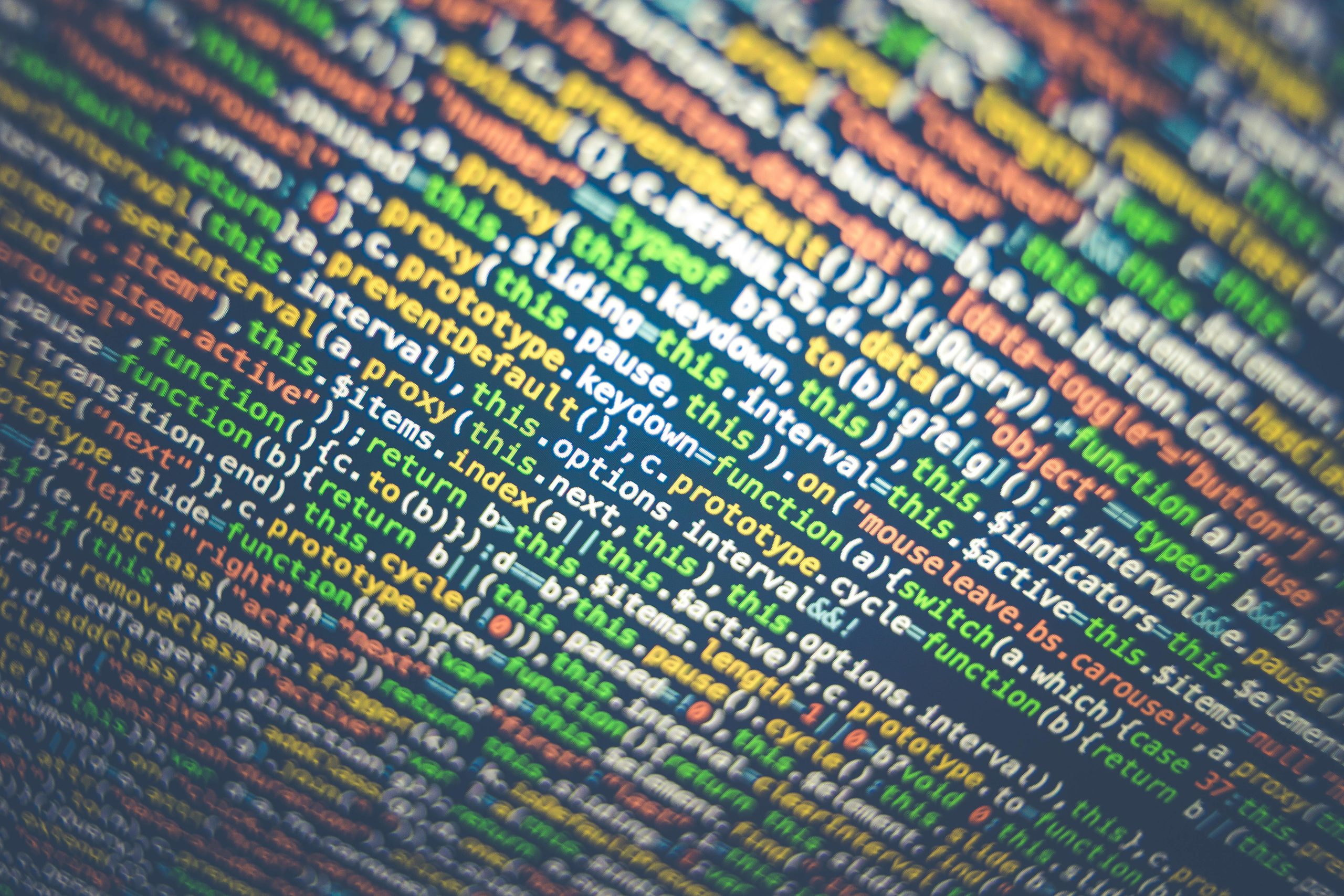Understanding the Risks of an Improperly Seated GPU
Installing a graphics processing unit (GPU) in your computer is an exciting step towards enhancing your gaming or creative experience. However, it’s essential to ensure that the GPU is seated correctly in its PCI slot to avoid potential issues. Recently, a user discovered that their GPU was not fully inserted into the PCI slot, prompting a discussion about the possible long-term damages that might arise from this mistake.
What Happens When a GPU Is Not Properly Seated?
When a GPU is not seated all the way down in its designated PCI slot, several problems can occur, some of which may be quite severe. Here are a few potential issues to consider:
1. Electrical Issues
A GPU that isn’t fully seated might not make proper electrical contact with the motherboard. This can lead to inconsistent power delivery, resulting in system instability, crashes, or even failure to boot. In the worst-case scenario, it could cause damage to the GPU or the motherboard itself.
2. Increased Heat
Without a proper connection, the GPU may struggle to function correctly, leading to increased heat generation. Over time, excessive heat can degrade electronic components, potentially shortening the lifespan of the GPU and other vital parts in your computer.
3. Performance Problems
You may notice diminished performance while gaming or running graphic-intensive applications. This can manifest as stuttering, low frame rates, or graphical artifacts, ultimately compromising the user experience.
4. Physical Damage
Repeated attempts to power the system on while the GPU is improperly positioned can cause physical stress on the slot or the GPU itself, leading to potential bent pins or broken components.
Mitigating Risks After Discovery
If you have recently discovered that your GPU was not inserted correctly, there’s no need to panic right away. Here are a few steps to take:
- Inspect the GPU: Check for any visible signs of damage. Look for burnt components, discoloration, or physical distortions.
- Monitor Performance: Run benchmarks or stress tests to see if the GPU operates within expected parameters. If you notice abnormalities or crashes, further investigation may be necessary.
- Regular Maintenance: Ensure you clean your components regularly and check for proper seating during upgrades or maintenance.
Conclusion
While it’s possible that your GPU has endured some level of strain from being improperly seated, careful monitoring and maintenance can help mitigate any lasting damage. Should you experience severe
Share this content:



